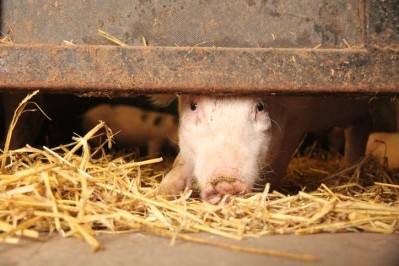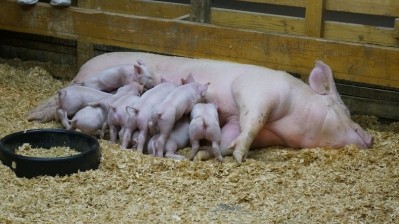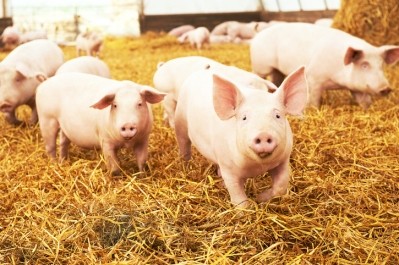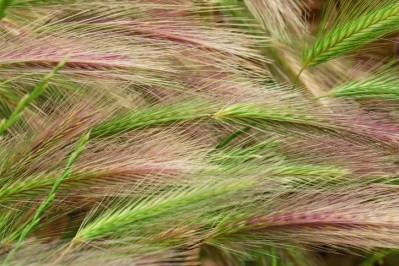'Bioactive components in cereals should not be overlooked for pig diets'
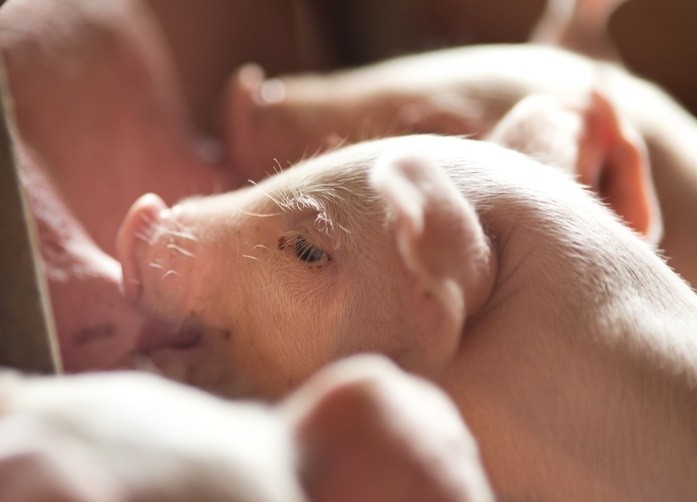
The authors, writing in Animal Feed Science and Technology, said anti-adhesive properties of such cereals deserve to be considered as an additional criterion in piglet diet formulation.
They said they could see new lines of research opening up aimed at identifying functional properties in in cereals for commercial exploitation.
“Traditionally, common feed ingredients, like those screened in this study, have been just considered as carriers of nutrients. However, some of them could have unknown bioactive components that could add functionality to the diets.”
Though, the authors caution that the in vitro results presented in their study should be taken as ‘proof of concept’ with further exploration needed.
“Effective functionality in the animal could depend on many other factors that have not been considered in this study.”
Objective
The researchers, taking into account previous research findings, said the objective of their study was to empirically screen soluble extracts from common ingredients, and from a set of different cereal by-products, for their ability to interfere in the attachment of ETEC K88 (F4) to IPEC-J2 cells.
Enterotoxigenic Escherichia coli (ETEC) K88 (F4) is a worldwide cause of severe diarrhea in the offspring of some animal species such as weaned pigs.
“To cause disease, the bacteria need as a first step to recognize and adhere specific receptors in the piglet small intestine by a set of fimbriae and adhesins (Xia et al., 2015; Moonens et al., 2015). Some common ingredients in piglet diets have been reported to have anti-adhesive properties against ETEC.
“Preventing ETEC K88 (F4) attaching to the small intestine by natural feed ingredients interfering with its fimbria-receptor recognition could be an alternative method to reduce diarrhea occurrence.”
The ingredients they tested included wheat, oats, rye, corn, barley, extruded full-fat soybean meal, soybean meal 44%, rapeseed meal 00, fish meal, sweet whey powder along with cereal by-products such as brans from wheat, spelt, kamut, oats, rye and rice.
“In this study, we screened the potential of water-soluble extracts, obtained from different feedstuffs commonly used in pig diets, to interfere in the adhesin-receptor interaction.”
Results
Regarding the evaluated protein sources of animal origin, fish meal failed to offer any functionality in this regard, they said.
Sweet whey powder, very rich in the carbohydrate fraction, was able to selectively attach ETEC K88 (F4) although it did not significantly decrease the attachment of ETEC K88 (F4) to intestinal cells, said the scientists.
Vegetables sources of proteins like rapeseed or soybean meal are ingredients of complex nature rich in both, carbohydrate and protein fractions, that could offer a long repertory of potential bioactive molecules, they said.
Their study showed, though, that rapeseed did not demonstrate any potential to interfere with the pathogen. However, soybean meal and extruded soybean showed their potential to specifically attach ETEC K88 (F4), despite neither of them significantly reducing the number of ETEC K88 (F4) attaching to IPEC-J2 cells, added the researchers.
As hypothesized, all cereal brans demonstrated clear abilities to attach specifically ETEC K88 (F4) and also to diminish its attachment to IPEC-J2, except for rice bran, they added.
“Regarding water-soluble fractions from the cereals tested, all of them were consistent in attaching specifically ETEC K88 (F4), with increases of more than 1.5 log units of CFU per well. Cereals are rich in proteins and carbohydrates and many soluble compounds from the cereals could have been involved in the recognition of the fimbria.”
In summary, the Spanish researchers said their work indicates that water soluble components of some common ingredients are able to interfere in the fimbria-receptor recognition.
“From these results we could hypothesize that certain combination of ingredients in piglet pre-starter diets could aid to prevent intestinal colonization by ETEC and the incidence of post-weaning colibacillosis.”
Source: Animal Feed Science and Technology
DOI: https://doi.org/10.1016/j.anifeedsci.2018.06.005
Title: Screening of the ability of natural feed ingredients commonly used in pig diets to interfere with the attachment of ETEC K88 (F4) to intestinal epithelial cells
Authors: SM Martín-Orúe, Y. Zhu, D. Solà-Oriol, G. González-Ortiz, P. López-Colom
